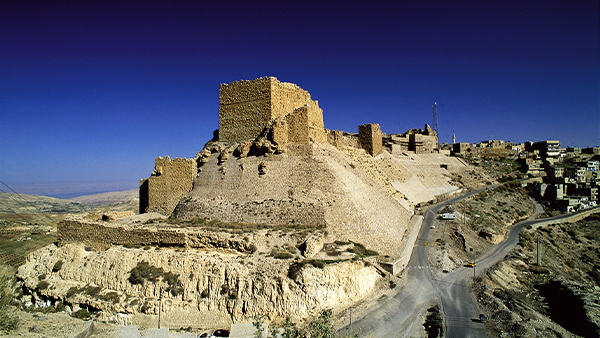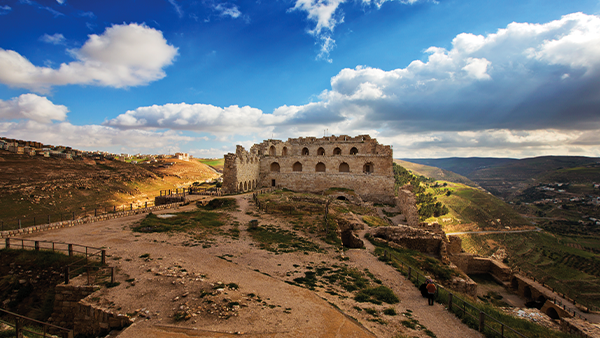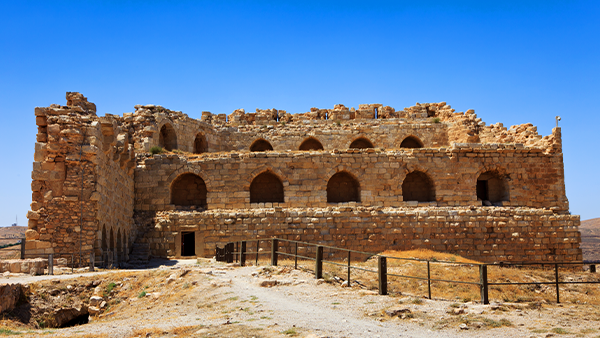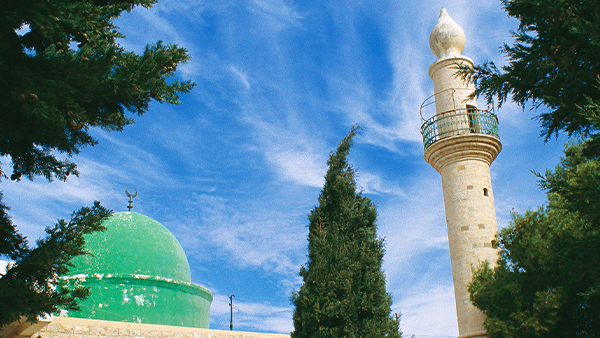Kerak Castle
Kerak Castle is a dark maze of stone-vaulted halls and endless passageways. The best preserved are underground and can be reached via a massive door (ask at the ticket desk). More imposing than beautiful, the castle is nevertheless an impressive insight into the architectural military genius of the Crusaders.
With some care, you can walk along the crenellated top of the West Front wall and admire the sweeping view. On clear days, you can look across the Dead Sea and see all the way to the Mount of Olives bordering Jerusalem.
Contact information/ how to book:
Kerak Tourism Directorate: 00962 3 2354263
Location


Kerak Castle Plaza
Outside the castle, visitors can visit the Castle Plaza, where beautiful 19th century Ottoman administrative buildings have been redesigned to house a tourist center, with restaurants, a crafts center and other facilities grouped around a central plaza.
Contact information/ how to book:
Kerak Tourism Directorate: 00962 3 2354263
Location
Kerak Archeological Museum
The Kerak Archaeological Museum was established inside the old castle, which has remains from the Moabite period in the first millennium BC, going through the Nabataean, Roman, Byzantine, Islamic and Crusader periods. The museum was opened in 1980.
The main part of the museum is a large hall in a vault of the castle, used as living quarters for soldiers in the Mameluk period. The collections date from the Neolithic up to the late Islamic periods and come from the Kerak and Tafila regions. Among the sites is Bab Adh-Dhra’, famous for its Bronze Age burials. The museum houses remains of skeletons and pottery from the Bab Adh-Dhra' graves; Iron Age II artefacts from Buseirah; Byzantine glass vessels and inscriptions, and Roman and Nabataean artefacts from Rabbah and Qasr.
Contact information/ how to book:
Telephone: 00962 3 2351216
Opening hours: 8:00 a.m. to 6:00 p.m. (during summer months) and 8:00 a.m. to 3:00 p.m. (during winter months)
Location


Mazar Islamic Museum
Located at Al-Mazar near Kerak, the museum is host to a collection of items representing Islamic civilization and culture, including sculpture, ceramics and coins.
Contact information/ how to book:
Telephone: 0096232370319
Opening Hours: 8:30 a.m. to 3:30 pm (every day except Tuesday)
Location
Prophet Nuh’s (Noah) Shrine
You can visit Prophet Nuh's (Noah) shrine in Kerak, and his tomb lies close to the city. God sent Noah to his people to warn them of divine punishment if they continued to worship idols, and to build a mighty ark that would withstand the floods to come.
Contact information/ how to book:
Kerak Tourism Directorate: 00962 3 2354263
Location


